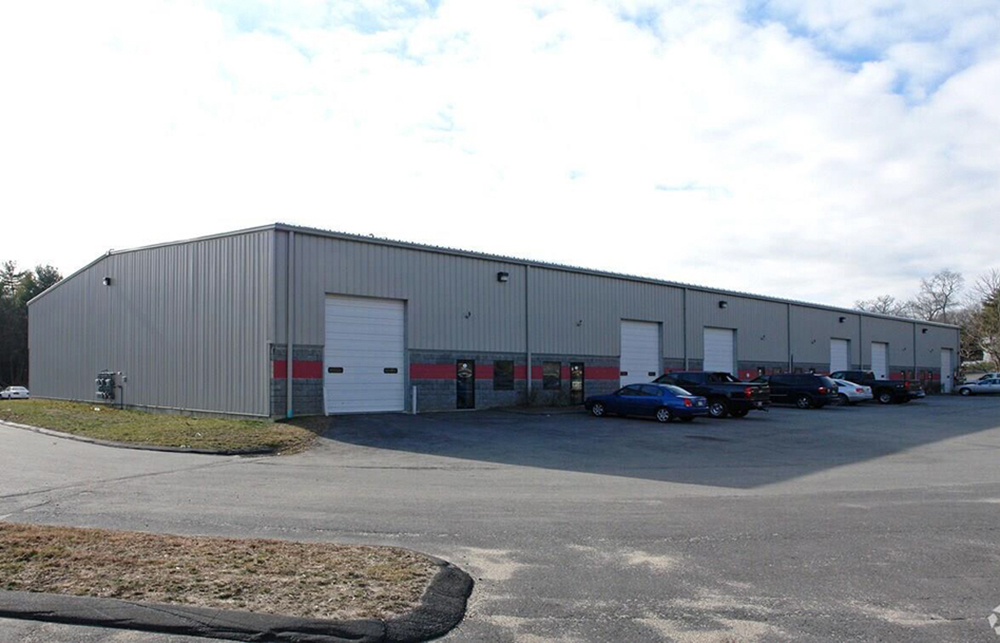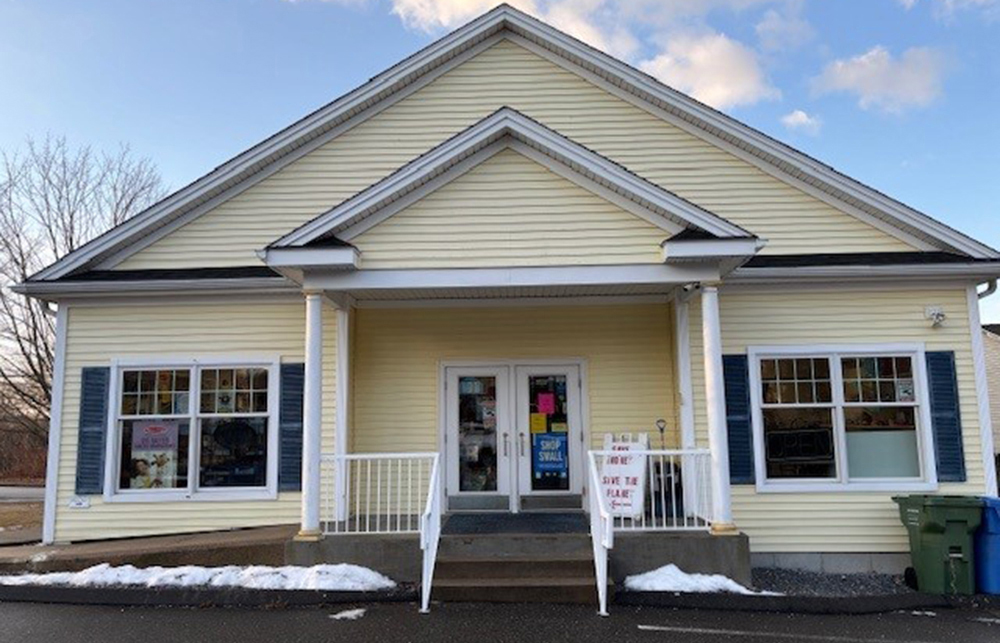Posted: March 26, 2015
Off-price retail sector growing fast according to ICSC
Off-price chains that sell high-profile brands and designer goods for 20 to 60% below department and specialty store prices, are outperforming much of the retail sector; they are growing faster than competitors and are gaining market share. The sector's popularity surged during the recession and has stayed popular now that the economy has rebounded. Emboldened by a nimble real estate and merchandising strategy and by growing clout with vendors, these off-price chains are on an expansion binge stateside and in international markets too. By the end of 2013, Burlington, Nordstrom Rack, Ross Stores and TJX were generating about 8 percent, nearly $28 billion, of the clothing and footwear sales in the U.S., according to Scott Tuhy, a vice president and senior credit officer at Moody's Investors Service.
Burlington, Ross Stores and TJX are the giants. Last year these three opened 230 stores in the aggregate, amounting to some 7 million s/f of store space, equivalent to the size of the entire Victoria's Secret chain, Tuhy says.
Moody's is predicting that the sector will continue to gain market share as it boosts sales from an estimated 6% to about 8% over the next five years in the U.S., outpacing the overall apparel sector by some 4%. TJX, the largest of the group, is ramping up expansion both here and overseas. It is the largest off-price chain in Canada and operates about 400 stores in Germany, Ireland, Poland and the U.K. It entered Austria in March and will enter the Netherlands this fall. "Today we are raising our estimates for our long-term store growth potential to 5,475 stores, 325 more stores than our prior target," said Carol Meyrowitz, TJX chief executive officer, during a fourth-quarter earnings call in February, citing "enormous brick-and-mortar global growth potential."
In the U.S., T.J.Maxx and sister off-price chain Marshalls (the so-called Marmaxx division) boast 2,021 stores. This year 181 new stores are on tap at these chains. "At Marmaxx, we see the long-term potential to grow our store base by over 40 percent to about 3,000 stores," Meyrowitz said. The company also plans to double the size of its HomeGoods home-furnishings chain to 1,000 stores.
Meanwhile, Ross Stores, which operates 1,210 Ross Dress for Less stores, has set out to double its store count in the U.S., where it currently operates in about 33 states. And Nordstrom Rack, the 167-store spinoff of Nordstrom, will exceed 300 stores by 2020. It not only boasts more stores than the full-line department store now, but it also is outperforming it, executives said during a fourth-quarter earnings call in February. Nordstrom will open 27 Rack stores this year and about 25 next year. "In 2014 we reached an important milestone with the Rack, representing our biggest source of new customers, attracting nearly 4 million," said Blake Nordstrom, the company's president, on the call.
Stateside, off-pricers benefit from a flexible real estate strategy, as they can set up shop in strip malls, power centers and enclosed malls. They have become increasingly attractive to mall owners, particularly with so many other retail chains closing stores. Shopping center owners are eyeing the sector to fill vacancies, says Andrew Graiser, co-president of commercial real estate firm A&G Realty Partners. The Office Depot and OfficeMax merger, for one, will result in about 135 store closures this year and 100 in 2016. "We're doing work with companies like Office Depot-OfficeMax and Kmart, and some of the off-price retailers have shown interest in some of their space," Graiser said.
In addition, enclosed malls will turn to off-price chains like T.J.Maxx and Ross to fill JCPenney, Macy's and Sears anchor boxes, according to real estate analysis firm Green Street Advisors.
MORE FROM Brokerage
Boston, MA RapDev, a leading software-engineering and DevOps consultancy, has leased 17,587 s/f at 501 Boylston St. in the city’s Back Bay. The company moved into the new space this summer, consolidating operations onto a single floor to accommodate growth and create a workplace that reflects its collaborative culture.














.png)
